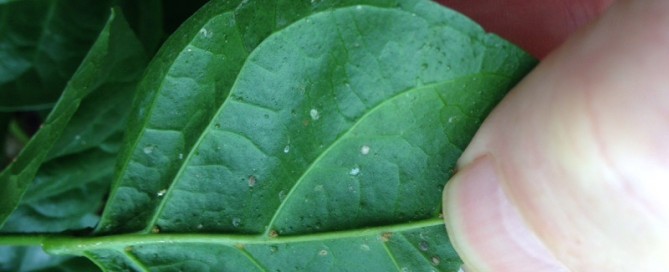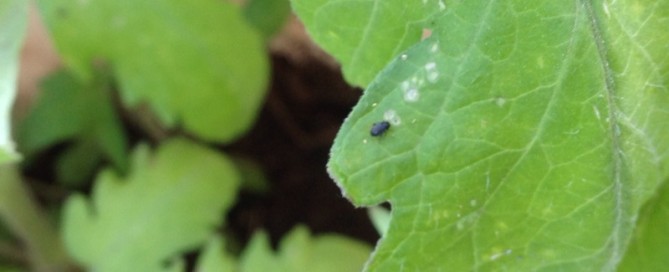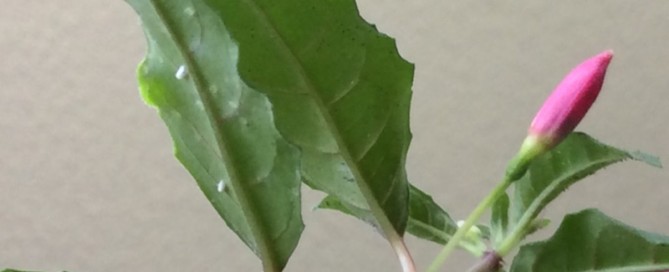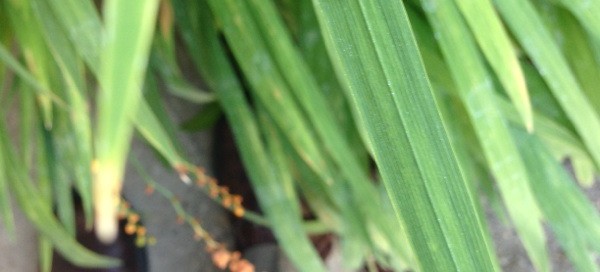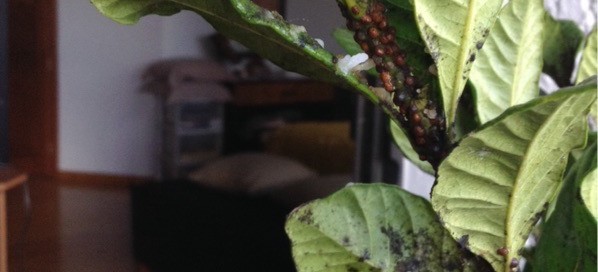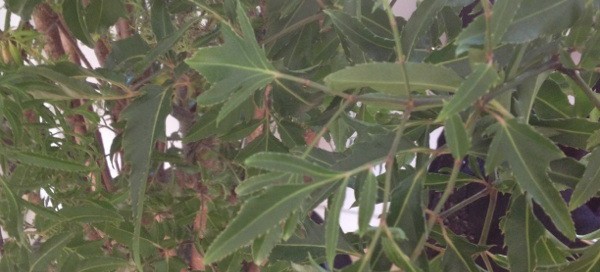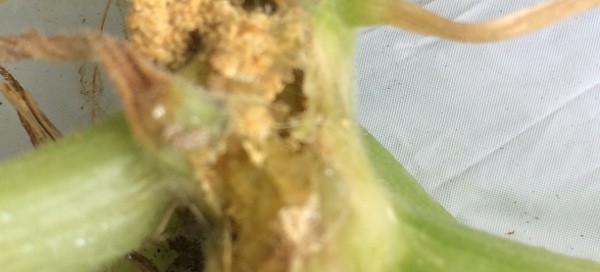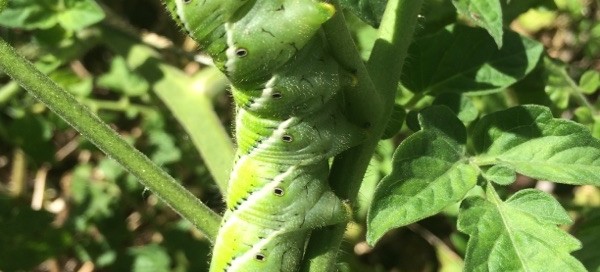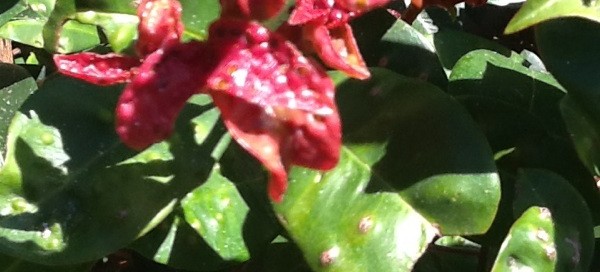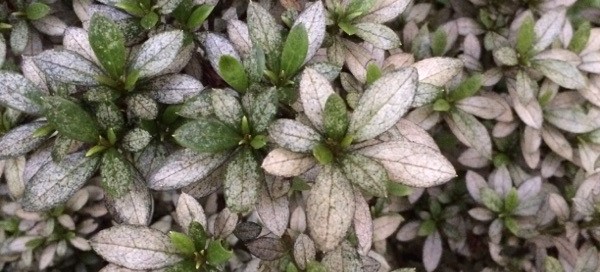Soft Scales
The soft scales that do show up, on occasion, typically move up and down the twigs and branches and feed on the vital fluids that they find. Most times natural predators and even environmental conditions will keep them in check so the plant stays healthy. The pest experts feel that keeping the tree thriving and healthy will keep them from doing much damage. But if they begin to injure the tree there are insecticides that will kill the more immature scales but the problem then becomes the adults who linger and are harder to kill. Most experts recommend chemical controls that can be applied in the spring. For those guidelines we would recommend you contact your local cooperative extension agent who can help you with the right product and the right timing.
